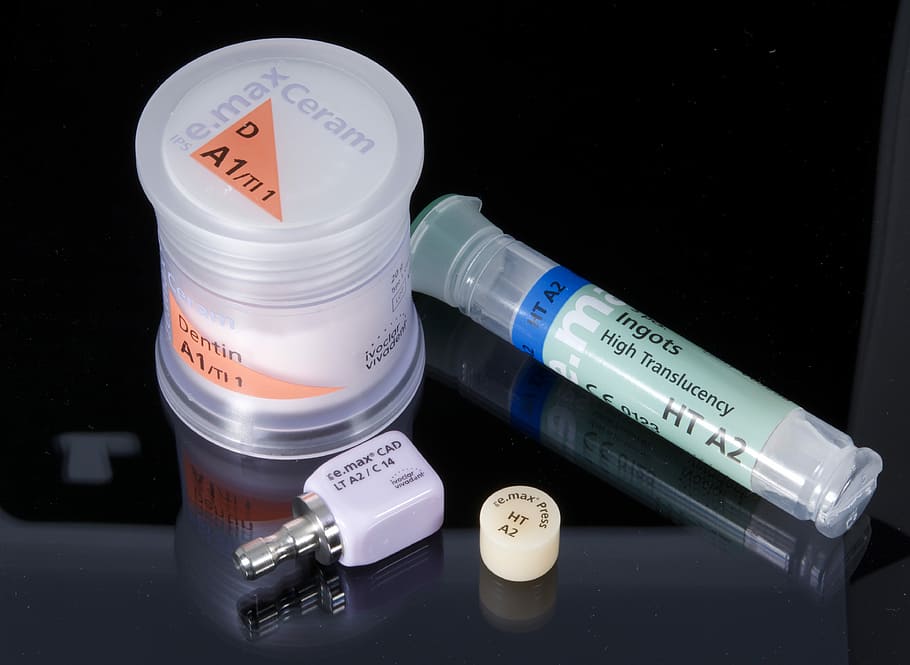Growing Peppers Indoors – Guidelines & Tips
Growing peppers indoors is a great way to enjoy fresh homegrown peppers all year round. Growing peppers requires a little practice, but with the right guidelines and tips, anyone can enjoy a continually fruitful pepper crop! Here are some guidelines and tips to help get your pepper crop off to a great start.
Selection of Peppers
When choosing the varieties of pepper to grow, consider the flavor you’re looking for as well as how spicy it may be. There is an enormous variety of peppers out there, ranging from the mild Anaheim chili pepper to the scorching habanero. If you’re growing peppers for decorative purposes, look for varieties with unique shapes or colors.
Light & Temperature
Peppers need full sun to partial shade exposure to thrive. Any location that receives eight hours of direct sunlight each day is ideal. Peppers prefer temperatures between 65-80 degrees Fahrenheit, but will tolerate cooler temperatures in a greenhouse setting. In the warmer months, it’s important to keep an eye on scorching temperatures as well. It’s also important to keep peppers away from cold drafts to prevent injury that may lead to disease.
Soil & Water
Peppers need well-draining, loamy soil exposed to plenty of sunlight. That’s why raised beds are great for indoor pepper production. Amend garden soil with organic matter and maintain a pH between 6.2 and 7.0. Peppers need to be watered evenly throughout the growing season to produce healthy fruit. Try to avoid watering at night or early morning; late morning or early afternoon is ideal.
Fertilizer & Pest Control
It’s important to feed peppers regularly throughout the season for optimal health and production. Make sure to use a balanced fertilizer and follow package instructions. Pest control is also necessary to keep your pepper crop healthy. Look out for whiteflies, aphids, mites, and other common pepper pests and treat accordingly to prevent disease or damage.
Harvesting & Storage
Harvesting peppers as they ripen not only ensures every pepper is picked at its peak flavor. It also promotes the production of more peppers. To store peppers, keep them in the refrigerator for a few days. If you’d like to store them for an extended period, try dehydrating, fermenting, or jarring them for long-term storage.
Growing peppers indoors is a great way to enjoy a continual crop of healthy peppers. With the right guidelines and tips, growing peppers indoors can be fun and easy. Start your indoor pepper garden today and enjoy the unforgettable flavor of homegrown peppers all season long.



